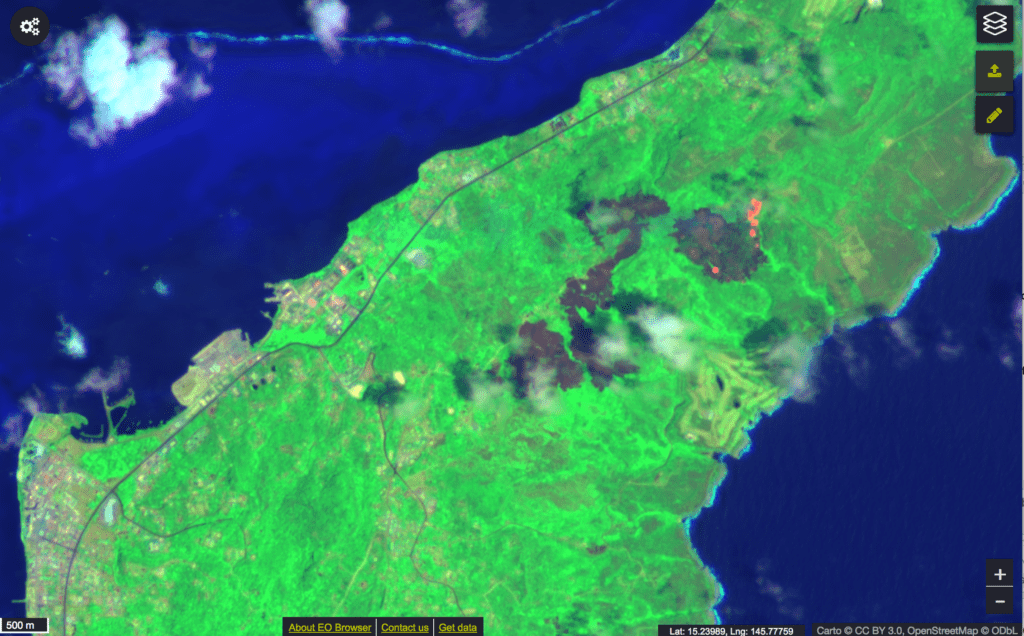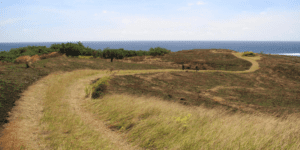Fire History of the Region
Human-caused wildland fires occur annually in Guam and the inhabited Northern Mariana Islands - Rota, Saipan, and Tinian. Fire has been identified as a key threat to communities, forest resources and watershed integrity in the 2010-2015 Statewide Resource Assessment and Strategies for both regions. Fire records on Guam from 1979-2000 show that an average of 730 fires per year burned 4,800 acres (1,942 ha), or c. 4% of the island's total land area. Annual fire number and area burned increased in years following El Niño events.
Wildfire Today
The cause of the majority of fires is attributed to intentional burning, typically related to hunting activities. In addition, fire-prone savanna vegetation accounts for 17-23% of the main islands in the Marianas chain. Fire occurrence is most frequent during the pronounced dry season from December to June.


Guam & CNMI Fires
The US Forest Service’s Pacific Island Research Center’s Julian Dendy has mapped the extent of wildfires from 2015 – 2022.



Recent Resources for the Western Pacific
This annual summary of fires in 2019 aims to provide a sense of context for wildfire activity on the Western US-Affiliated Pacific Islands (USAPI) of Palau, Guam, the Northern Marianas,…
Fire Communication & Education, Western Pacific A multi-partner, standards-aligned, culturally-relevant wildfire awareness tailored to Guam’s school curriculum (grades 6-12).
A quick reference guide to establishing fuel breaks in tropical grasslands and savannas for reducing hazardous wildfire conditions on Pacific Islands.



